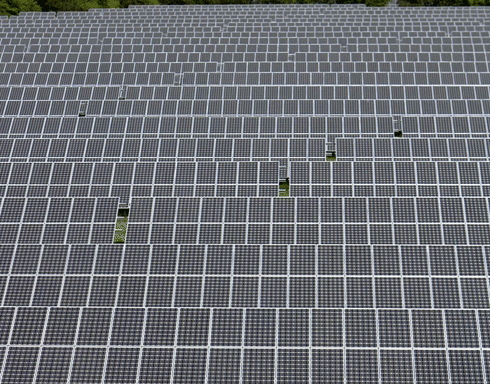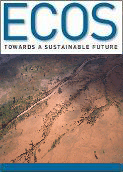
|
Published: 19 November 2012
Could large solar arrays make their own rain?
A geo-engineering study to determine whether large-scale solar farms could also be used to positively affect regional climates – including modifying rainfall patterns – has begun in CSIRO’s weather and energy research unit.

|
|
Large areas of mirrored surface could make their own weather. Credit: Toyota UK/flickr under Creative Commons Attribution-NonCommercial-NoDerivs 2.0 Generic licence
|
In a collaboration between Game Changer Ventures and CSIRO, the study will initially focus upon the effects of large solar arrays, used to generate renewable solar power, on the surrounding climate.
CSIRO climate scientists Drs Alberto Troccoli and Jack Katzfey will investigate whether massive solar farms modify local climate and, if so, whether such arrays can be engineered to produce statistically significant rainfall in addition to electricity.
Dr Troccoli said the principle of solar arrays is that they absorb energy from the sun and convert part of that energy to electricity which is then transferred via the electricity grid to remote locations. Thus less energy from the sun is available to heat the solar farm site.
‘Local climate impact would depend significantly upon the location of the solar array relative to prevailing winds and atmospheric moisture, as well as the shape and orientation of the array.
‘Solar power plants proposed under the Solar Flagships program in Australia are not designed with any consideration of their effect on weather but this should be determined, both positively and negatively, before they are built,’ said Dr Troccoli.
‘For example, we will be trying to assess whether a large solar array can be engineered in such a way as to increase rainfall or induce rainfall in the vicinity of the array, preferentially downwind and not directly over the array.’
A spokesperson for Game Changer Ventures, which is partially funding the project, said that with arrays the size of cities already in planning – such as the one under the DESERTEC project in Morocco, designed to help meet Europe's energy needs – it is likely they will modify the local climate. Therefore, it is important to engineer arrays for multiple benefits.
Large solar power plant installations can modify solar reflection, land surface characteristics, vegetation type and energy absorption in the surrounding environment.
‘This will have an effect on both the local dynamics and the energy balance of the atmosphere, in ways difficult to compute with simplistic assumptions,’ Dr Troccoli said.
Source: CSIRO



